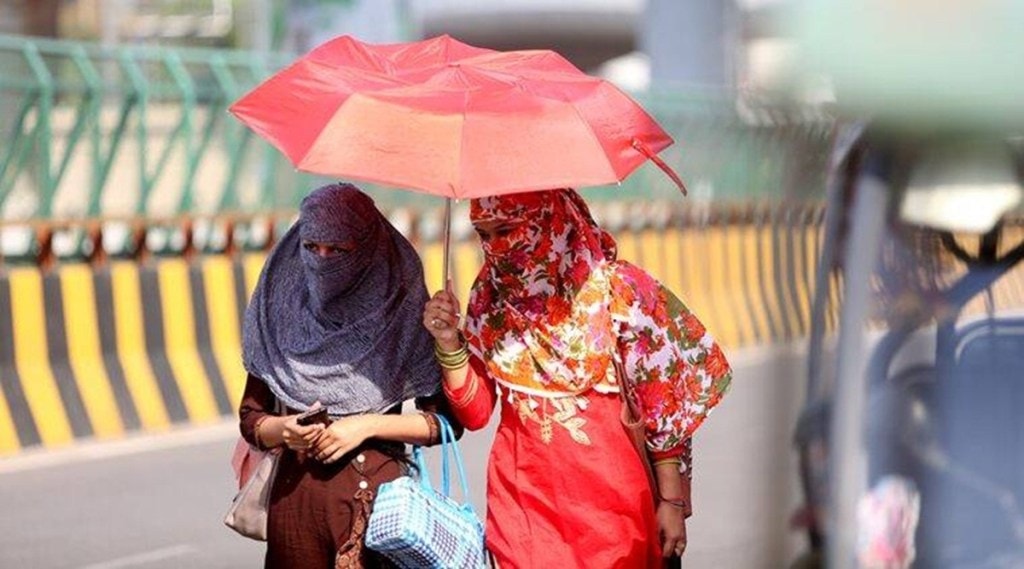The southwest monsoon arrived over Kerala on Sunday, three days ahead of its normal onset date of June 1, only the fourth occasion since 2010 when it occured before time. That would be a huge relief for large swathes of India which experienced an extreme heatwave in April and May. In a weather attribution report published recently, scientists said the 2022 heatwave was made 30 times more likely by anthropogenic climate change. The same event would have been, on average, at least 1°C cooler if preindustrial conditions prevailed. With the current level of emissions, the likelihood of such a heatwave increases several times, with its average temperature higher by 0.5-1.5°C, that too at a conservative estimate.By 2020, the number of states affected by heatwaves had risen to 23 from just 9 in 2015; the average number of annual heatwave days had quadrupled, from 7.4 to 32.2.
This year, most of India experienced scorching heatwaves. With the scientific community now sure of this situation worsening, the need is for the Union, state and local governments to implement the heatwave action plan laid down by the 2016 national guidelines (with revisions in 2017 and 2019). Some of them are pretty simple to implement—setting up sheds and shelters, water kiosks, deployment of healthcare personnel, etc. There has been notable progress since the guidelines came into effect—the official heatwave fatality count was down to 4 in 2020 (a national lockdown during the summer months surely helped) from 2,040 in 2015. Even with the 2022 count of 90+, it is a huge improvement. Attitudes have also vastly changed, from a state-government-led “response-centric” approach to a more holistic approach with multi-stakeholder engagement and defined responsibilities.
That said, critical gaps remain. Just 17 heat-wave prone states, and mere 120 cities/districts, had heatwave action plans—a signifcant number of state and local governments must have managed with just fire-fighting efforts this year. The Ahmedabad local government had developed and implemented its heatwave action plan as far back as 2013. That has not inspired several others, indicating the reality of climate change has not sunk in for most. The guidelines also need to be more dynamic on including action points. For instance, the 2019 iteration has not had much of an impact on the farm sector, though there is a blanket action point for all ministries and departments at the central and the state levels to take action as needed on “occupational support and advisories” and for the central and state agriculture ministries to promote short duration and heat-resistant crops. Clearly, that still needs a lot of scenario planning, as this year’s poor harvest of wheat, tomato, and mango show. Energy requirements, for cooling and storage needs, will also test India’s preparedness; this year’s power cuts underscore the inadequate efforts.
“Early warning and early action” is a directive that the various stakeholders in climate change preparedness need to internalise. Resource pressures—on water and air quality—are going to worsen as summers get hotter and drier. There is a need to turbo-charge action on climate change adaptation, and a key step will be proactive action on meeting the challenges arising from heatwaves, whose frequency and intensity in India are only set to grow multifold as the Intergovernmental Panel on Climate Change has warned. India must also find ways to stop the transgressions on its fragile environment by pursuing a template of anti-ecological growth.

